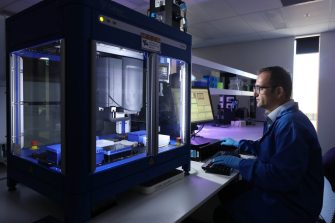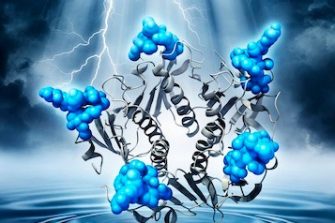Molecular and cell biology

Exploring the components and interactions that make up a cell, molecular and cell biology offers a deeper understanding of cell function and why diseases and disorders happen on a molecular level.
Molecular and cell biology has been pivotal in a wide range of fields and revolutionised the ability to manipulate cells and tissues for medical and therapeutic purposes such as vaccinations. Other developments have included DNA fingerprinting in forensics and pioneering crop modifications in agriculture.
Motivated by a passion for discovery, our research at UNSW Biotechnology & Biomedical Sciences centres on the areas of synthetic biology, structural biology and metabolism and molecular cell biology. We incorporate molecular genetics, stem cell biology, microscopy, X-ray crystallography, cryo-EM, biophysical, mutational and modelling studies, computer science and epidemiology to answer unsolved biological questions and train the next generation of life scientists.
Students will exploit state-of-the-art technology and gain experience in cellular assays and lab automation. In a collaborative culture, they will develop transferrable skills such as critical thinking, public speaking and writing. Our faculty teaches students the theory and practical skills necessary for careers in research and development departments, academia, medicine and industry sectors.



